Linux distributions, which one is perfect for you?

I don’t know where you come from and how you happen to be here, but chances are that you want to make the switch (to Linux) and are here because you don’t know where to start. This article will help you find your perfect Linux distribution.
Distribution vs Graphics
Let me be clear, with Linux one of the top 10 reasons to use Linux is that you can freely change your desktop environment. A desktop environment is a graphic interface for your Linux machine. So if you’re looking for something different for the eye, this is not the right post, look at this one instead. This article will instead focus on distributions rather than desktop environments.
Different distributions, same Linux
All Linux distributions share the same core: the Linux kernel, whether you will be using Ubuntu, Linux Mint, Fedora or whatever distribution, you will still be using Linux. But then what is the real difference between Linux distributions? There are a couple of them: mostly it is a choice of design. Most Linux distributions will include a package manager, a desktop environment and a series of packages. Now there are standard release distributions and rolling releases, server and desktop and a bunch of other distinctions between distributions, but fear not! Just read through them and you will understand what distribution is right for you!
Linux Distributions by experience, employment
| Beginner users | Intermediate users | Advanced users | |
| Desktop | |||
| Workstation | |||
| Server | |||
Ubuntu
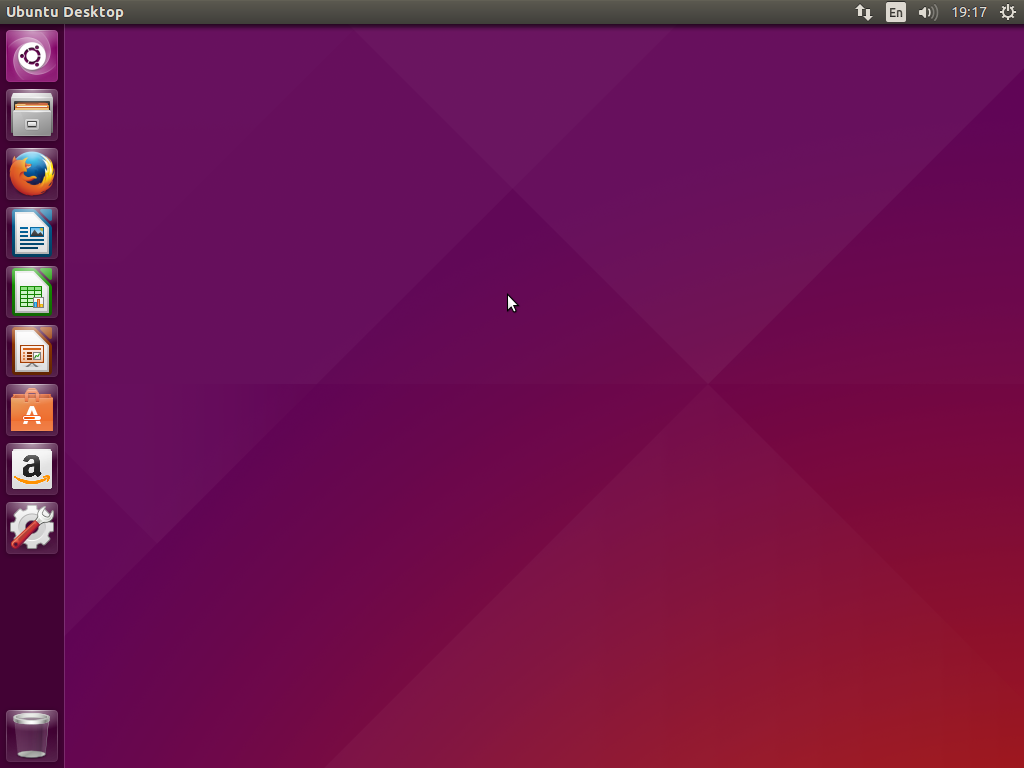
Ubuntu 15.04 with Unity
Ubuntu is probably the most known Linux distribution for beginners. It is user-friendly, stable and its motto is “Linux for human beings“, encouraging isn’t it? I always recommend starting with Ubuntu if you are a beginner, you will find yourself at home. Ubuntu major releases come each 6 months and are always released on April and October. On the top of that, each two years there is a Long Term Support release, which is supported (at the time of this article) 5 years. If you install an Ubuntu LTS you will not be forced to updated for 5 years even if a new release comes 6 months after. You will still receive security updates. Ubuntu uses Unity desktop environment, but there are also versions built with KDE (Kubuntu), XFCE (Xubuntu), GNOME 3 (Ubuntu GNOME), Mate (Ubuntu MATE) and LXDE (Lubuntu).
Linux Mint
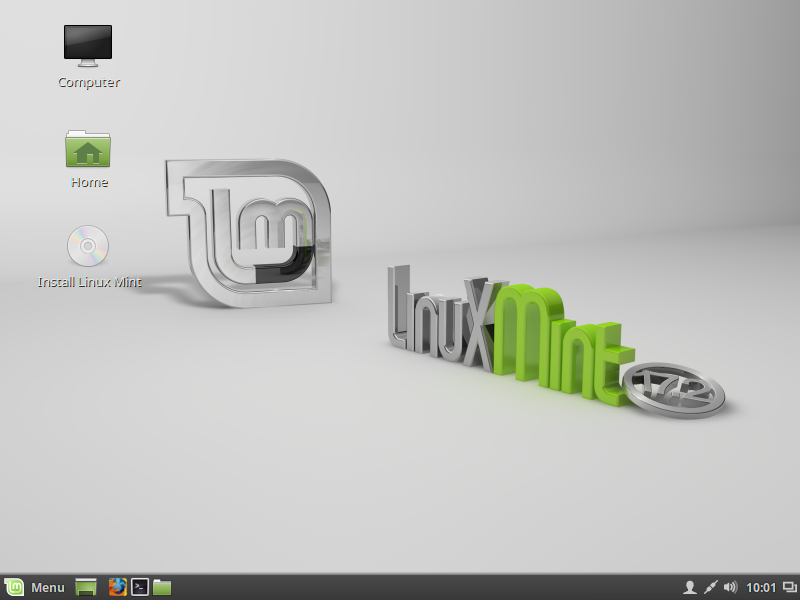
Linut Mint 17.2 “Rebecca” with Cinnamon
Linux Mint (commonly called Mint) is based on Ubuntu so, many applications you have on Ubuntu will be present on Linux Mint. Mint is a distribution for beginners geared toward simplicity, many users don’t like the Unity desktop environment which is the default one on Ubuntu so a new distribution was born: Mint. Mint uses Cinnamon, a fork of GNOME which takes simplicity as its first goal; it is worth to say that Cinnamon was developed specifically for Mint by the same authors. Releases of Mint are not as frequent as Ubuntu and a new version is only released when it is completely ready, meaning there’s no real schedule behind them.
Fedora
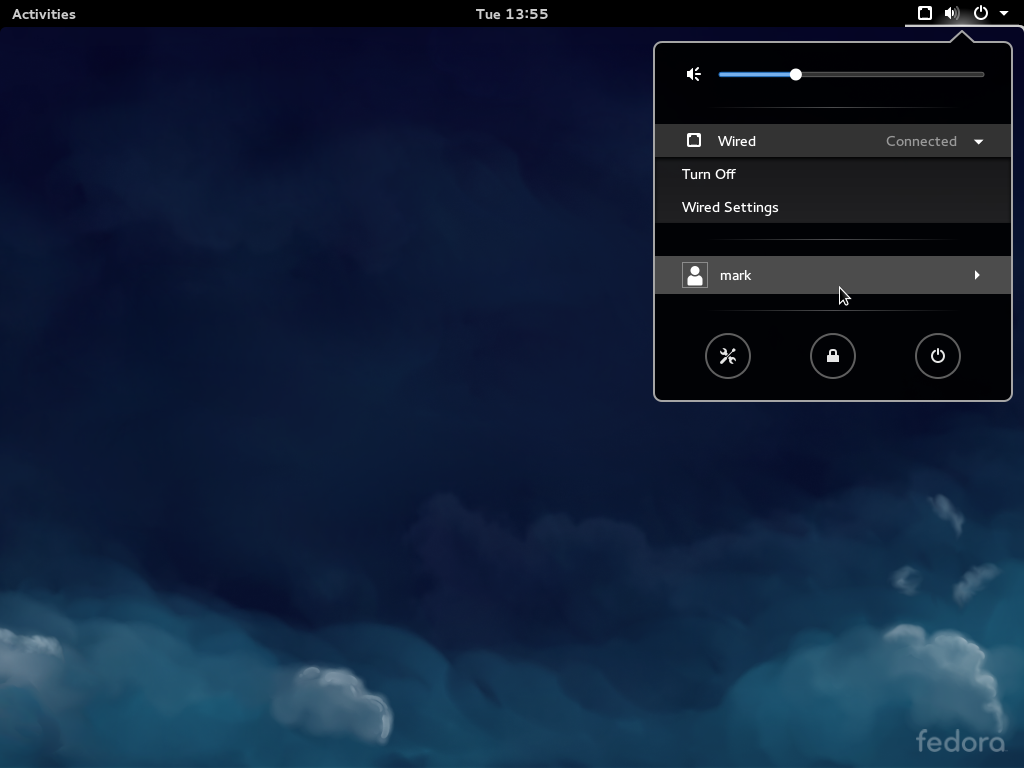
Fedora 21 – Gnome 3.14
Fedora is an intermediate distribution backed by Red Hat, it is often considered unstable but it is not. The software in Fedora is usually newer than other distributions because it is packaged faster than the others (and sometimes it is also less-tested, but not enough to make it unstable). Fedora can be used both on desktop and server and has a life cycle of roughly 6 months release and 13 months for support. Meaning in one year you will have to update. Fedora is usually preferred by software developers who want to create an up-to-date environment for their software. Fedora is perfect for those who want up-to-date packages without compromising stability too much. Fedora comes in various official spins including but not limited to KDE, XFCE, LXDE, Cinnamon and MATE.
Debian
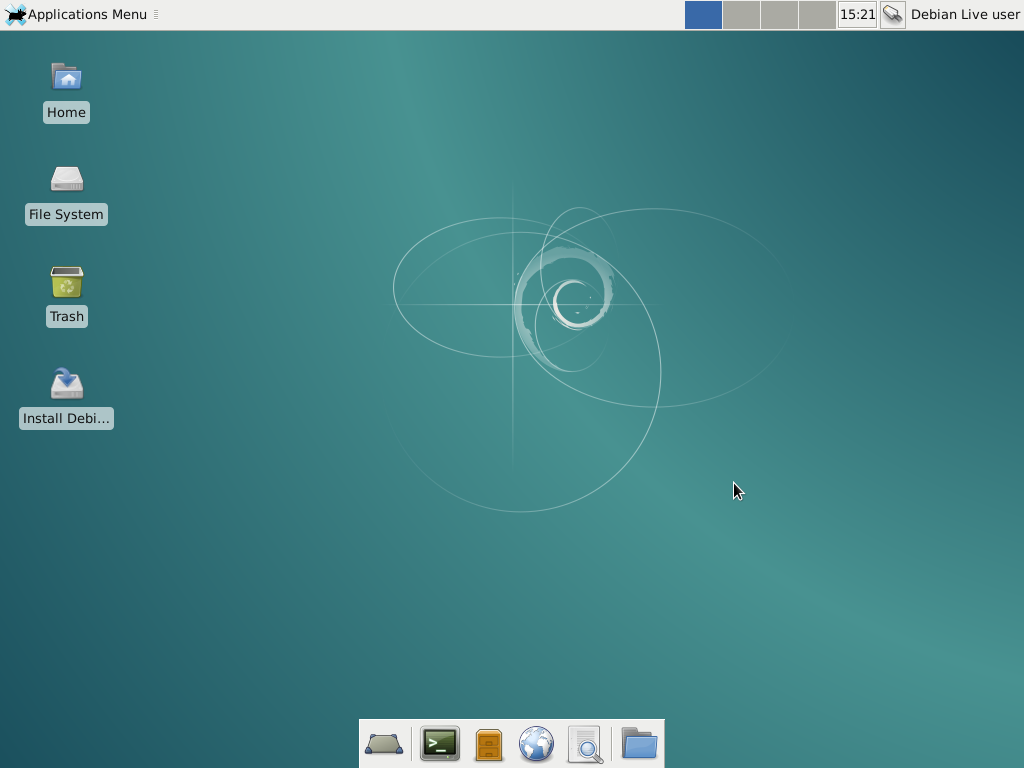
Debian 8 with XFCE
Debian is one of the stable pillars of the Linux distributions, it features many packages and its development is driven by its community. It is the base of many other distributions (including Ubuntu and Mint) that such distribution are commonly referred to as Debian-based. Debian was once difficult to install, today it has made huge step and is almost on pair with its son Ubuntu. It is an intermediate distribution and can be both used on desktop and server. Debian hasn’t got a real schedule for releases, but as its wiki states, there’s always a stable release (which is usually the latest release), more can be found here.
ArchLinux
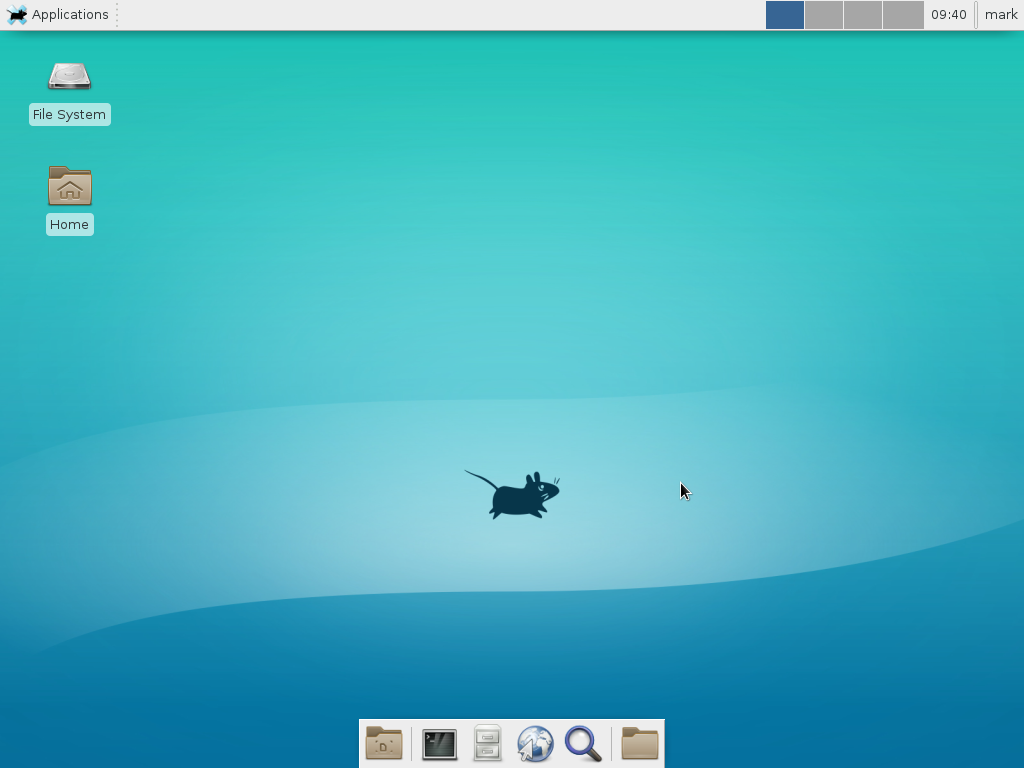
Arch with XFCE
ArchLinux or simply Arch is a lightweight, advanced Linux distribution. It doesn’t come with a graphical installer, it doesn’t come with a desktop environment. Everything you want should be installed from scratch. It’s probably the most famous rolling-release distribution, meaning there are no releases in Arch because updates are pushed over existing installation without major changes. Images of Arch are updated once in a while and you should get the same result by just upgrading an existing installation. Arch gives you control but it comes with a price: packages are usually packaged really fast and can cause instability. A plus feature is its community wiki which is one of the most well-done resources in the Linux world, and the AUR which is like Ubuntu’s PPA but much more powerful.
Manjaro Linux
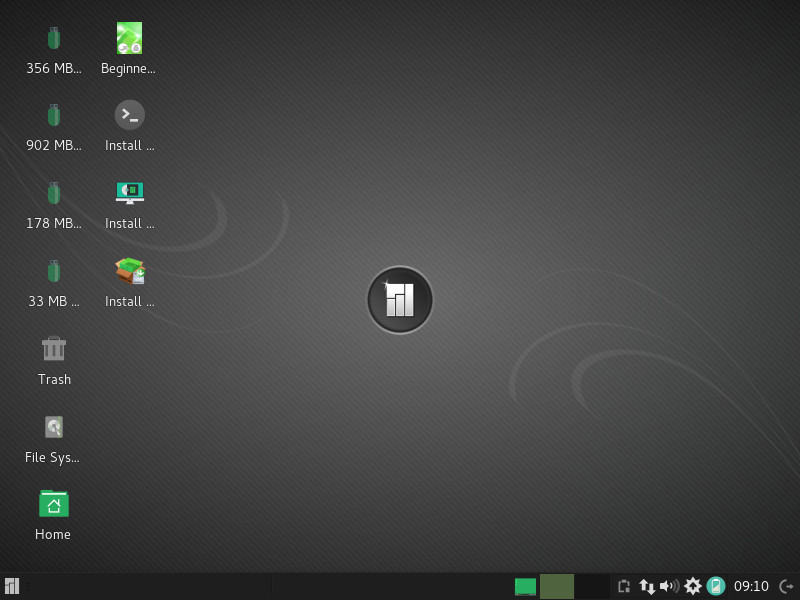
Manjaro 15.12 “Capella” with XFCE
Manjaro is an Arch-based distribution that is getting much attention by the Linux community. Its goal is to be user-friendly: while Arch is difficult to install and configure, Manjaro has its own installer and works out-of-the-box. From Arch it inherits its rolling-release cycle, but there are still some fixed releases (which can be upgraded). Manjaro packages are held back a bit to ensure stability, so you will not have latest software like in Arch. It comes with either XFCE or KDE as official spins and with a myriad of community spins.
Antegros Linux
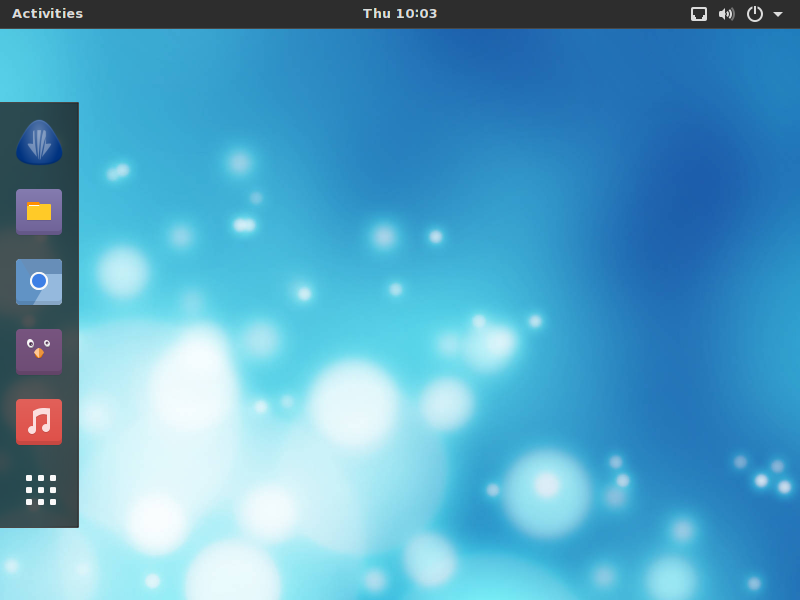
Antegros with GNOME 3
Another Arch-based Linux distribution. Much like Manjaro it aims to be user-friendly, it however is literally a “graphic installer for Arch”, once the installation is done not much is different from Arch itself. The Antegros installer will let you choose between the various supported desktop environments (XFCE, KDE, GNOME and such are available).
Gentoo Linux
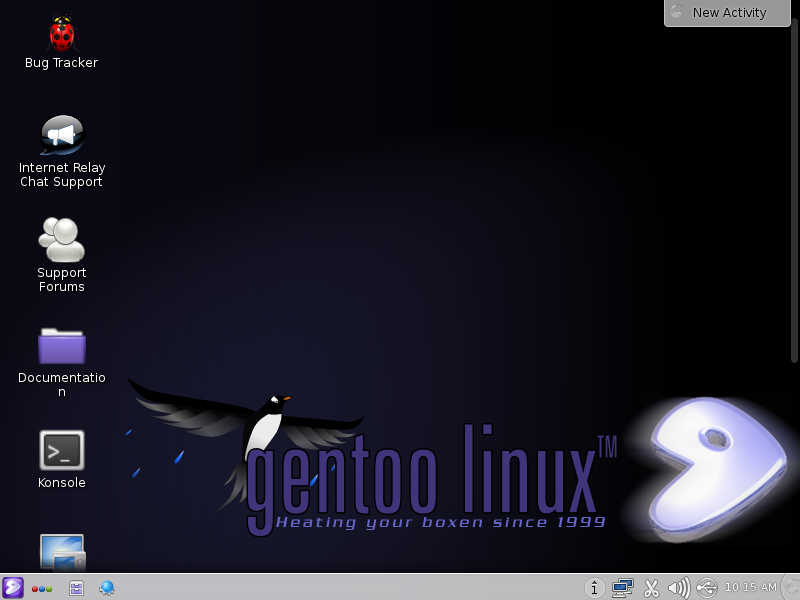
Gentoo with KDE
Gentoo Linux (commonly Gentoo) is a bit different from the other distributions. It is a distribution geared toward advanced users and its difference lies in package management. In Gentoo there are no binary packages. Instead packages are compiled from source on the machine they need to be installed on. It is a rolling release distribution and has been around for a while.
Zorin OS
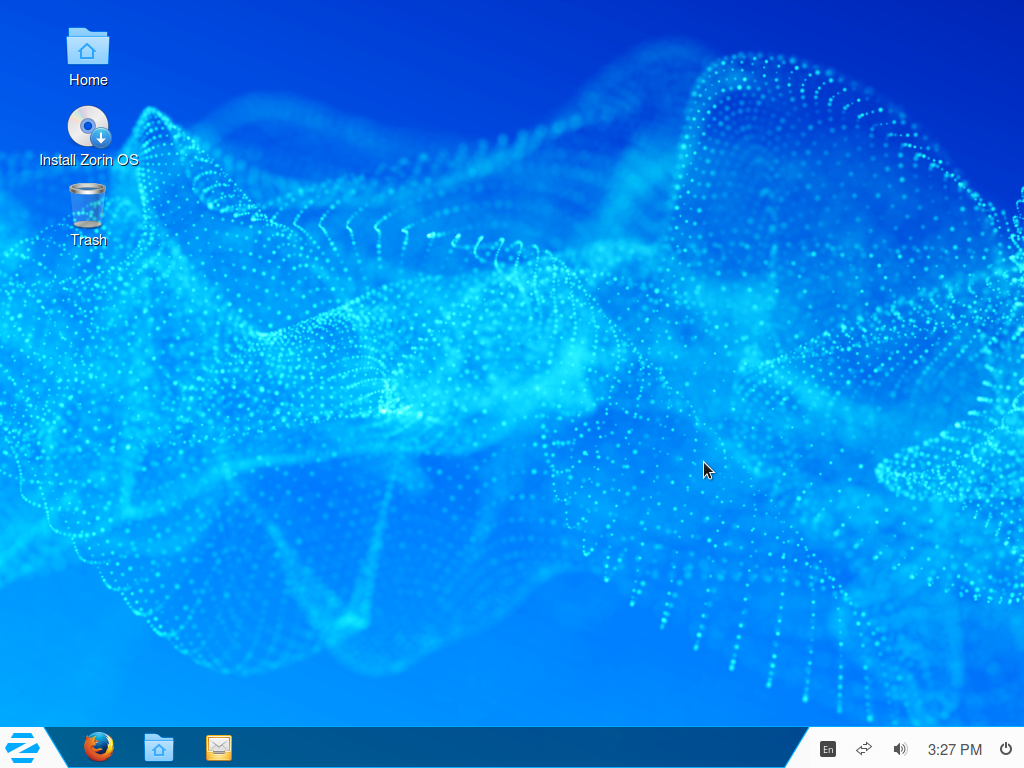
Zorin OS 10
Zorin is based on Ubuntu and its goal is one: to be as similar as possible to Windows. Windows users that make the switch for the first time report to feel at home with Zorin. It inherits most of Ubuntu functionalities and packages. Even though it may be good for Windows-addicted, in the long-run Zorin is less customizable than other distributions (just like Windows).
elementary OS
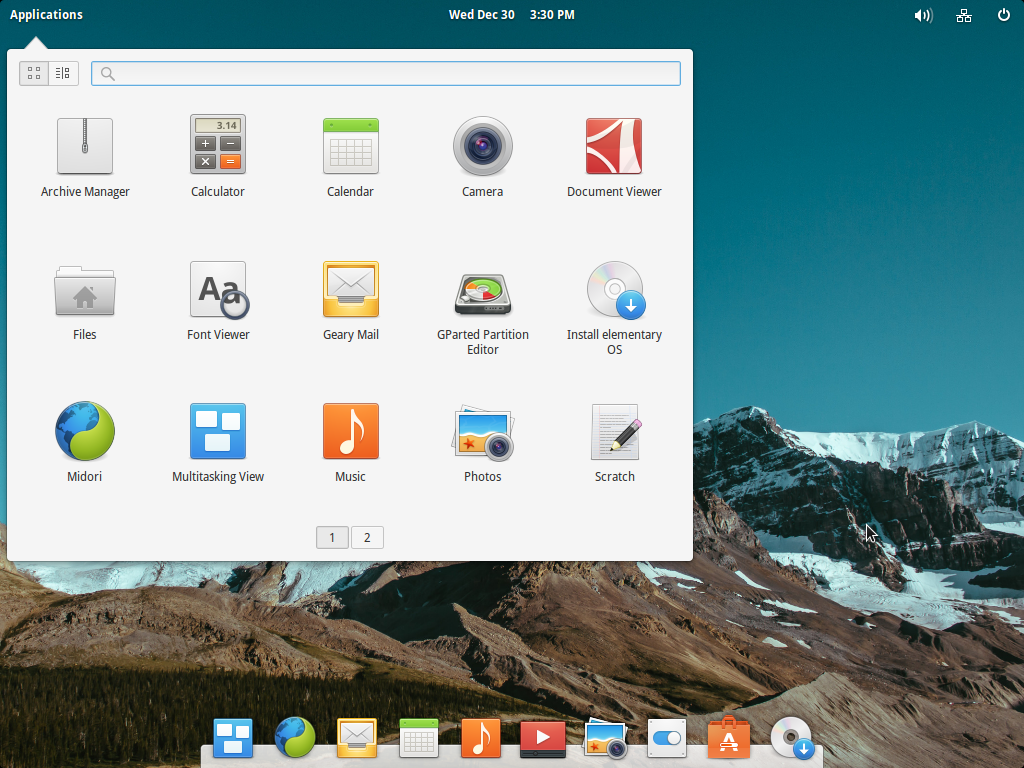
elementary OS 0.3 – Luna
Elementary is a singular project. It is based on Ubuntu and features their own desktop environment (Pantheon) which is modern and visually similar to Mac OS. Its release cycle isn’t clear, but we assume it’s done when it’s ready. It is in active development and many users feel like it is good but incomplete at the same time. Nevertheless it is gaining much attention.
Mageia
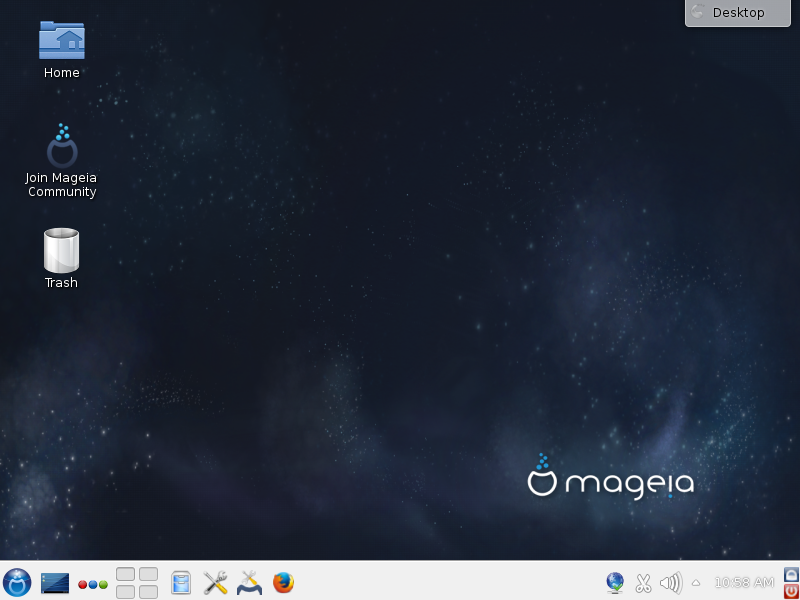
Mageia 5 KDE
Mageia is a project born from the ashes of Mandriva, a distribution that aimed to desktop machines. Mageia is entirely developed by its community. Its release cycle is 9 month and releases are supported for two cycles. Even though the fifth release of Mageia was the first stable one, it isn’t still as attractive as other distributions, however it is rapidly gaining attention.
openSUSE
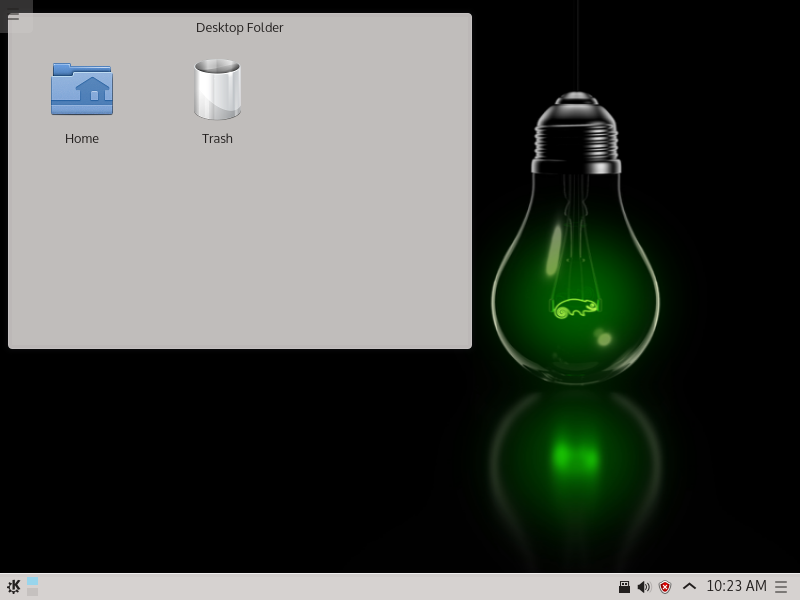
openSUSE 42.1 “Leap” with KDE
openSUSE is the basis for SLES (an enterprise OS by Novell). OpenSUSE is an operating system that can work both on desktop and server. The main feature of this operating system is surely YaST: an unified tool to install, configure and tweak the system and its packages. In the past years openSUSE was released with a 9 month release cycle, today the new version is called Leap and is a rolling-release distribution. Though the last release before Leap is still supported, there won’t probably be another fixed-release openSUSE and Leap will become the standard openSUSE.
CentOS / RHEL
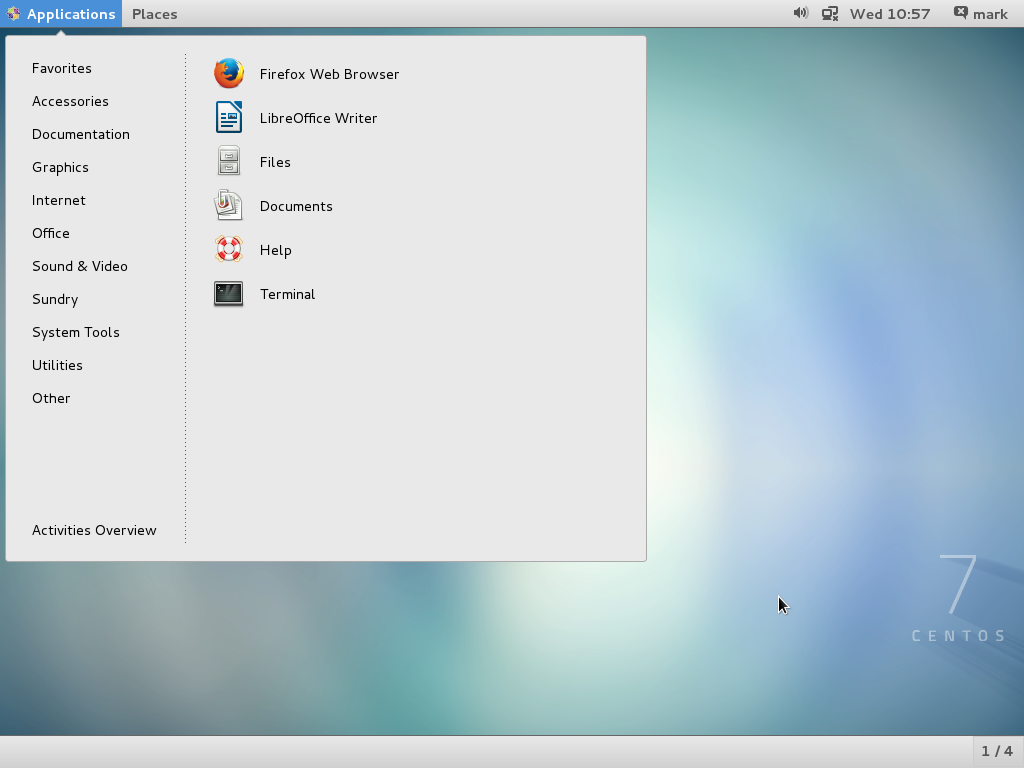
CentOS 7 GNOME 3
RHEL is the enterprise operating system by Red Hat, CentOS was a community edition of RHEL compiled from its sources, later it has been acquired by Red Hat itself. Both systems are based on snapshots of Fedora to ensure stability. Its release cycle is roughly 4 years and its support lasts even more. It is mostly a server operating system boasting an incredible stability it’s the leader of the Linux server world.
Conclusions
As you can see there are many distributions fit for each need and whim, by taking a look at the picture you can see if you like the default desktop environment (don’t forget you can customize and change them), and by reading the description you can see if that’s fit for your level and your machine. Now this is a reductive list, but I plan to update it as time passes. Missing a particular Linux distro? Do you feel something is not clear? Leave a comment below to let me know.
First image courtesy of Liam Quinn.
- 2020 A year in review for Marksei.com - 30 December 2020
- Red Hat pulls the kill switch on CentOS - 16 December 2020
- OpenZFS 2.0 released: unified ZFS for Linux and BSD - 9 December 2020

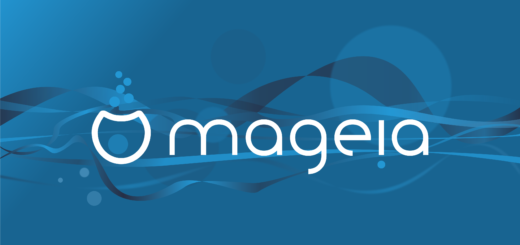







Recent Comments